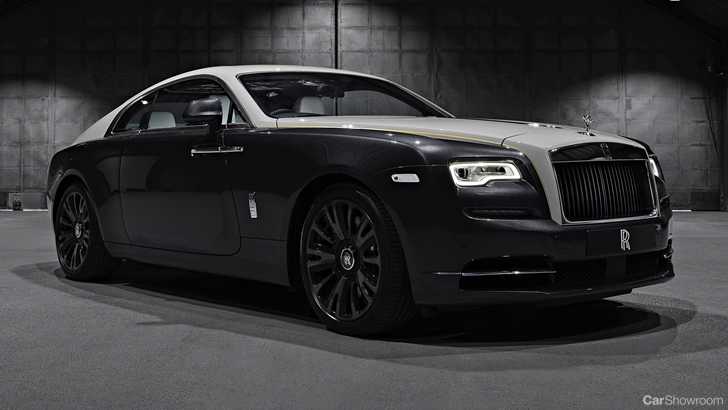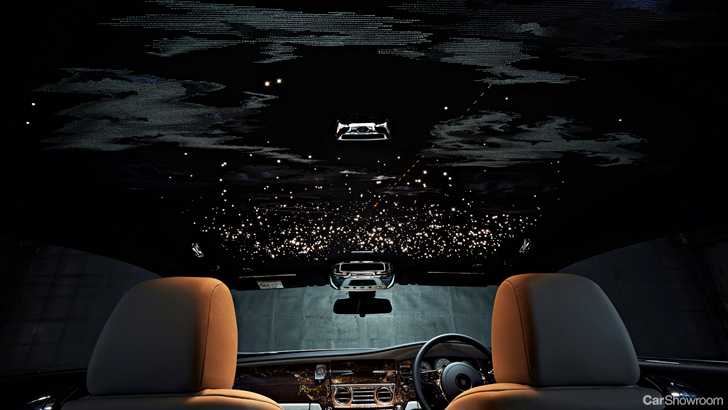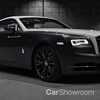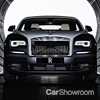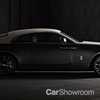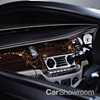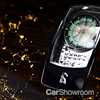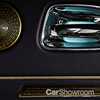You’ll want to listen to this.
At the upcoming Concorso d’Eleganza Villa d’Este, the prestigious house of Rolls-Royce will be celebrating the centenary of the first non-stop transatlantic flight, where contemporaries of company co-founder Sir Henry Royce braved the odds and went where no man had gone before, against trial and hardship, and brought unfathomable advancement to 20th-century society. That historical flight, manned by Captain John Alcock and Lieutenant Arthur Brown back in June 1919, saw the two men fly non-stop from St. John’s in Newfoundland all the way to Clifden in Ireland in a modified WWI Vickers Vimy bomber, powered by twin Rolls-Royce Eagle VIII engines.
It was indeed those engines that “were the only components that proved indestructible,” with the two men suffering navigational & radio equipment failure shortly after takeoff, forcing them to navigate the thick fog via only the light of the stars, straight into Clifden and indeed the history books.
The Rolls-Royce Wraith that serves as the canvas to all this has been appropriately decked-out, with the lower-half of the coachwork finished in a stunning Gunmetal, while the upper half wears a Selby Grey hue that evokes what the two adventurers must’ve seen through their windscreens as they peered into the night sky. The two exterior colours are bisected by a line of brass, hinting at the detailing that lies within. The darkened hue of the grille & wheels are designed to provide further visual reference to the Eagle VIII engines, which brought Alcock & Brown from Newfoundland to Ireland at record speeds (at the time) of 115mph.
Step inside and the bespoke detailing continues, with Selby Grey & black leather upholstery broken up by brass, nodding to the brass sextant that played a key role in the success of the historical flight. Brass is used extensively in key areas throughout the cabin, like on the speaker grilles where it is included the 1,880-mile distance that the duo covered that night. Brass has also been used for the embroidered monograms in the headrests, as well as on the door paniers, as well as on a plaque on the drivers’ door which includes a quote by Winston Churchill commending the two aviators on their incredible journey.
The dashboard was designed as a “modern-day abstract interpretation of the view the pair would have enjoyed as their craft cleared the thick fog and cloud,” and features “vacuum metalised” smoked eucalyptus wood with a design motif not too dissimilar to the lights of towns painted across the horizon. The headliner has not been spared treatment though, with the famous starlight headliner reflecting the night sky as it would have appeared back in 1919. The flight path and constellations are embroidered in brass thread, as are the cloud, with a single red dot along the way showing the exact moment that Alcock and Brown ascended through the clouds and began navigating by the stars.
“The Wraith Eagle VIII is at once an object of desire, an image to heroes and a protagonist to today’s visionaries. This Rolls-Royce Collection demonstrates the extraordinary skill of our Bespoke Collective at the Home of Rolls-Royce in Goodwood, West Sussex. Bespoke remains the jewel in the crown of the marque, creating luxury items that defy the trend of mass luxury manufacturers using ‘tick-box’ options to answer customer demand.” – Torsten Müller-Ötvös, Chief Executive Officer, Rolls-Royce Motor Cars
Merely 50 of these remarkable Wraith’s will be made for only the most discerning customers, all of which are likely to adore and appreciate the value, rarity, and desire that they bring to their owners’ respective collections. Which only begs one last question: Are you one of the lucky 50?
For the best deals on a new car, check out our Showroom.
